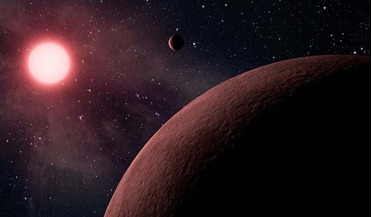 19 January 2016
Giant double-planet system around an evolved star detected by astronomers
19 January 2016
Giant double-planet system around an evolved star detected by astronomers
...our Solar System for example, it is known that Neptune and Pluto have a 3:2 resonance, meaning that Neptune will orbit the Sun ...three times in the same time that it takes Pluto to orbit the Sun twice. The discovery, while not unique, is...
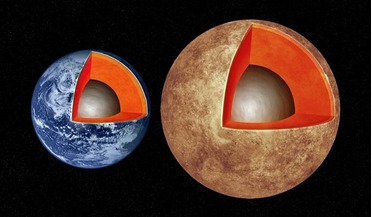 09 February 2016
Are Earth-like worlds built like Earth?
09 February 2016
Are Earth-like worlds built like Earth?
... and moons in the outer solar system and has been utilised already to study Pluto’s composition. Zheng and team find that by plugging in Pluto’s size and mass, its composition is about one-third ice (mostly water...
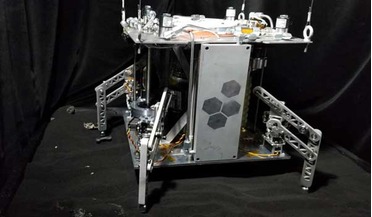 14 January 2019
New steam-powered asteroid hopper that could run 'forever'
14 January 2019
New steam-powered asteroid hopper that could run 'forever'
... scientist Phil Metzger. “It’s awesome. We could potentially use this technology to hop on the Moon, Ceres, Europa, Titan, Pluto, the poles of Mercury, asteroids — anywhere there is water and sufficiently low gravity,” explained Metzger. Metzger, who...
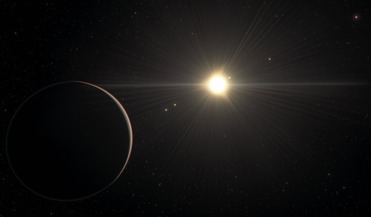 25 January 2021
Unique six-exoplanet system challenges theories of how planets form
25 January 2021
Unique six-exoplanet system challenges theories of how planets form
... next one goes around twice. In our solar system, Neptune and Pluto are in a 3:2 resonance. For every three orbits of Neptune around the sun, Pluto completes two orbits. Multi-planet systems containing six or more exoplanets...
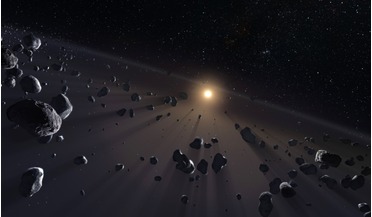 10 September 2021
Survey detects 461 Solar System objects not found before
10 September 2021
Survey detects 461 Solar System objects not found before
...TNOs). TNOs are classed as minor or dwarf planets and indeed Pluto is now considered a TNO, as is Eris, the second... known dwarf planet in the Solar System. For comparison, Eris, like Pluto, is a little smaller than Earth's Moon. In fact, Eris has...
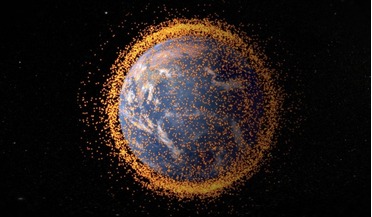 February 2017
Growing space agency dilemma
February 2017
Growing space agency dilemma
... Telescope, the Rosetta mission to land on a comet, Japanese missions to the Moon, Indian mission to Mars, and US probes to Pluto and beyond have brought space to the attention of the man or woman in the street. These accomplishments and...